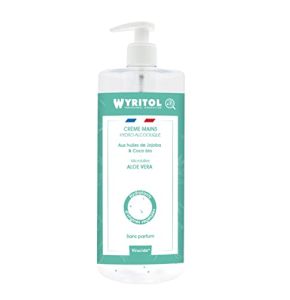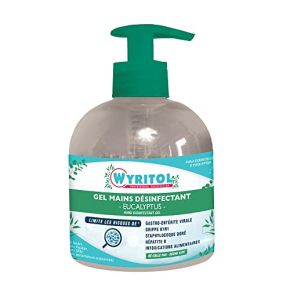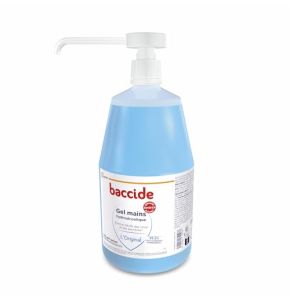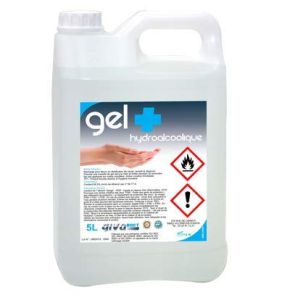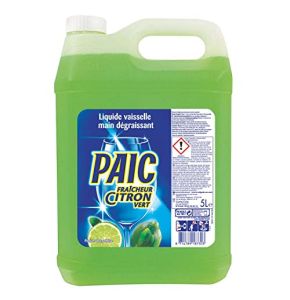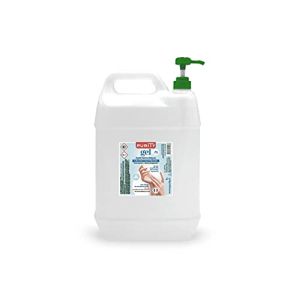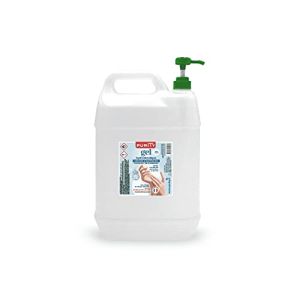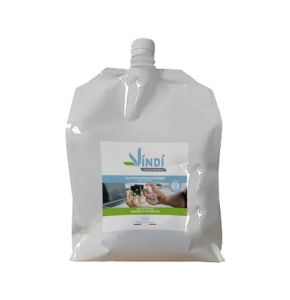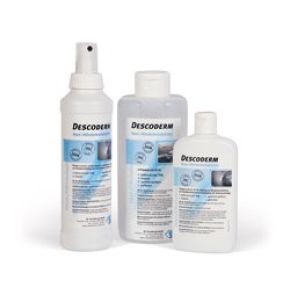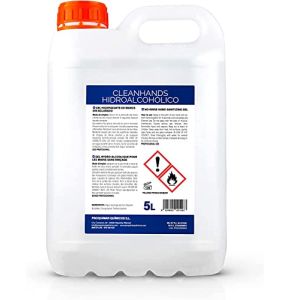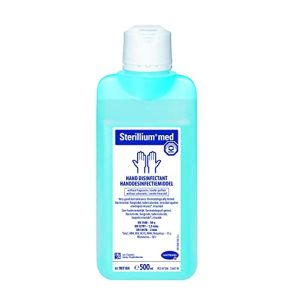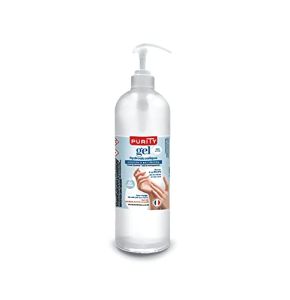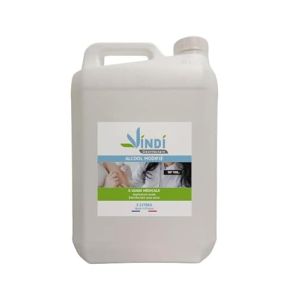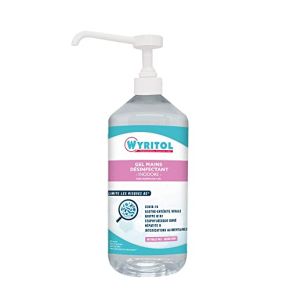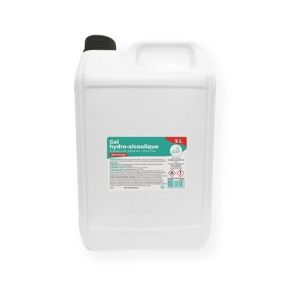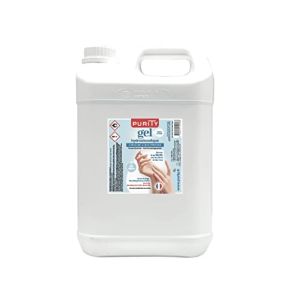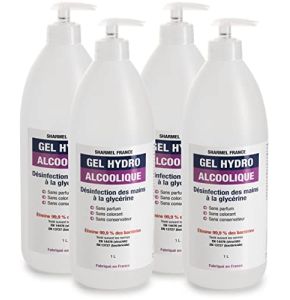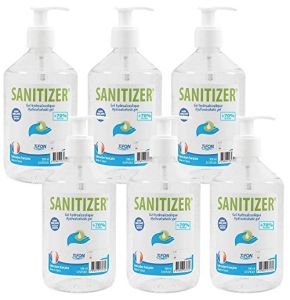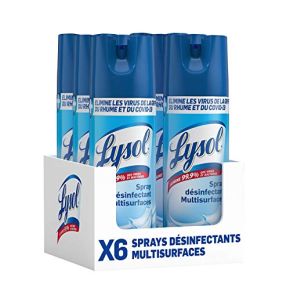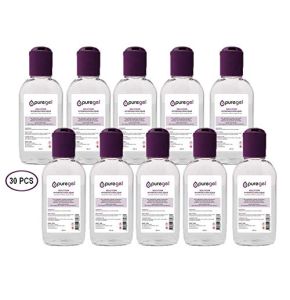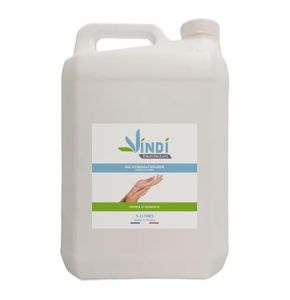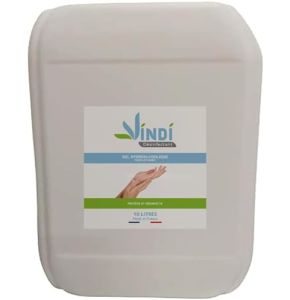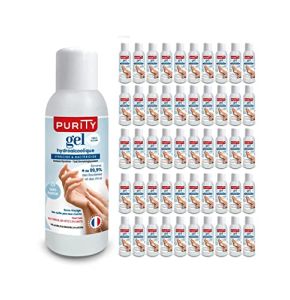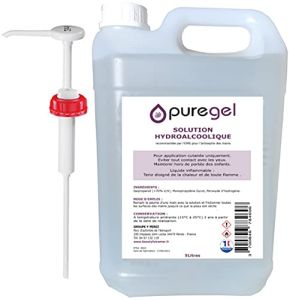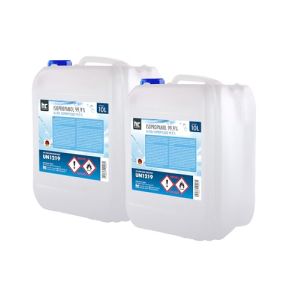Hydroalcoholic Solution
18/11/2024 424
18/11/2024 449
18/11/2024 400
18/11/2024 450
18/11/2024 484
18/11/2024 486
18/11/2024 455
18/11/2024 427
18/11/2024 543
18/11/2024 450
Hydroalcoholic Solution: Your Daily Ally for Healthy Hands
Hand sanitizer has become an indispensable tool for hand hygiene, especially in the healthcare field. With the increase in nosocomial infections and the need to control the spread of infectious diseases, its proper use is essential. It significantly contributes to the reduction of cross-infections, protecting both healthcare professionals and patients. Understanding how it works, its effectiveness, and how to use it correctly is crucial to maximize its benefits.
How Does Hydroalcoholic Solution Eliminate Microorganisms?
Hydroalcoholic solutions primarily act through the presence of alcohols, such as ethanol or isopropanol, which are effective antimicrobial agents. These alcohols destroy microorganisms by denaturing their proteins and dissolving their lipid membranes. In other words, they break down the structure of bacteria and viruses, rendering them incapable of causing infections. This mechanism is fast and effective, making hand sanitizer a valuable tool for hand hygiene.
When you apply the gel to your hands, it is important to rub it thoroughly to ensure complete coverage. Microorganisms can hide in the creases of the skin, under the nails, and between the fingers. By rubbing well, you help the gel reach these areas, increasing its effectiveness. Additionally, the fact that hydroalcoholic solution does not require water makes it a convenient choice in many situations, especially in clinical settings where time and resources may be limited.
What is the Effectiveness of Hydroalcoholic Solution Against Different Pathogens?
It has a broad spectrum of antimicrobial action. It is effective against most Gram-positive and Gram-negative bacteria, including those responsible for common infections like Staphylococcus aureus and Escherichia coli. It also acts against many enveloped viruses, such as the influenza virus, hepatitis B and C viruses, and even the coronavirus responsible for COVID-19.
However, there are limitations to its effectiveness. Hydroalcoholic solutions are less effective against certain non-enveloped viruses, such as noroviruses, which can cause gastroenteritis. Additionally, they are not effective against bacterial spores, such as those of Clostridium difficile, which can withstand harsh environmental conditions. In these cases, handwashing with soap and water is recommended to eliminate these resistant pathogens.
It is also important to note that the presence of organic matter, such as dirt or blood, can reduce the effectiveness of this type of hygiene and protection solution. If your hands are visibly dirty or soiled, the gel will not be as effective. This is why it is important to understand in which situations this solution is most appropriate to ensure optimal hand hygiene.
When to Prefer Hydroalcoholic Solution Over Traditional Handwashing?
It is particularly useful in situations where quick hand cleaning is necessary and water and soap are not immediately available. It is ideal for frequent use throughout the day, especially in hospitals, clinics, and other healthcare environments. Healthcare professionals often use it between patient contacts to minimize the risk of infection transmission.
In community settings, such as schools or offices, hydroalcoholic solutions can be used to maintain good hand hygiene, especially during flu seasons or viral outbreaks. They are also convenient during travel, such as on public transportation, where access to water and soap is limited.
However, there are times when traditional handwashing is preferable. If your hands are visibly dirty or have been in contact with potentially contaminated substances, such as after handling raw food, using the restroom, or changing a diaper, it is recommended to wash them with soap and water. Handwashing physically removes dirt and germs, which hand sanitizer cannot always do effectively.
How to Properly Use Hydroalcoholic Solution for Optimal Disinfection?
Proper use of hydroalcoholic solution is essential to ensure effective hand disinfection. Here are the steps to follow for optimal use:
- Apply a Sufficient Amount: Pour enough gel to cover all surfaces of your hands. Generally, a dose of 3 to 5 ml is recommended.
- Rub Your Palms: Place the gel in the palm of one hand and rub your palms together to spread the product.
- Rub the Back of Your Hands: Place the palm of your right hand on the back of your left hand and vice versa, interlacing your fingers.
- Clean Between Fingers: Rub the palms of your hands together, fingers interlaced, to clean the spaces between them.
- Clean Fingertips: Rub the backs of your fingers against the opposite palm, fingers tightly clasped.
- Clean Thumbs: Wrap your right hand around your left thumb and rub in a rotating motion, then switch hands.
- Clean Fingernails: Rotate the fingertips of your right hand in the left palm in a circular motion, then switch.
- Wait for Hands to Dry: Continue rubbing until the gel is completely evaporated and your hands are dry. This usually takes 20 to 30 seconds.
It is important not to wipe or rinse your hands after applying the gel, as this would reduce its effectiveness. By following these steps, you ensure that the hydroalcoholic solution reaches all areas of your hands, providing complete disinfection.
What are the Effects of Frequent Use of Hydroalcoholic Solution on the Skin?
Frequent use of hydroalcoholic solutions can have effects on the skin, including dryness, irritation, and, in rare cases, allergic reactions. The alcohols present in the gel can strip the skin of its natural oils, leading to a feeling of tightness or dryness. In some individuals, this can even cause redness or chapping.
To prevent these adverse effects, here are some tips:
- Choose Gels with Moisturizing Agents: Many hydroalcoholic solutions contain ingredients like glycerin or aloe vera, which help hydrate the skin.
- Regularly Moisturize: Use a suitable hand cream to restore skin hydration, especially after multiple gel applications.
- Avoid Fragrant Products: Fragrances and colorants can increase the risk of irritation. Opt for fragrance-free products if you have sensitive skin.
- Alternate with Handwashing: If possible, alternate between using hydroalcoholic solution and washing hands with a gentle soap to reduce the impact on the skin.
If you experience severe or persistent skin reactions, it is advisable to consult a healthcare professional. They can recommend products suitable for your skin type or identify any potential allergies.
Daily Skin Care
- Use Suitable Products: Choose fragrance-free and hypoallergenic creams.
- Drink Enough Water: Good internal hydration helps maintain healthy skin.
- Avoid Irritants: Reduce exposure to harsh chemicals outside of work.
By taking these measures, you can continue to use the disinfectant soap necessary for your work while preserving your skin's health.
Antiseptic soap is an essential element for preventing infections in medical settings. It offers superior protection compared to regular soap and is essential in many situations. By choosing the right product and applying the appropriate techniques, you ensure optimal hand hygiene. Don't forget to take care of your skin to avoid irritations related to frequent use.
On the Placemed marketplace, you will find a selection of antiseptic soaps tailored to your professional needs. Choose safety and quality to protect your patients and yourself.
 Francais
Francais 
